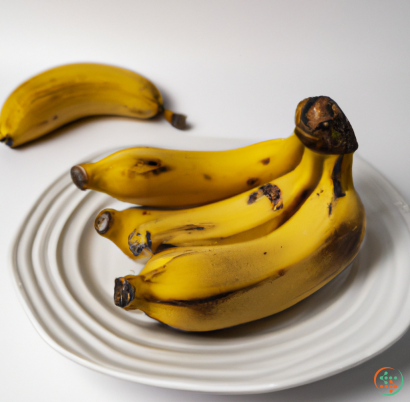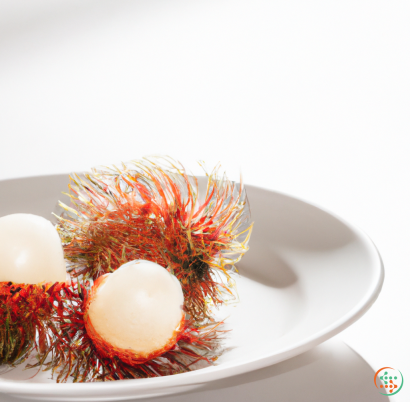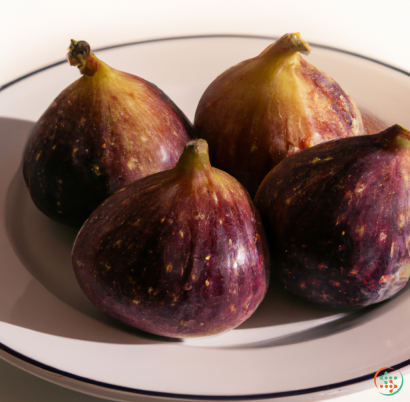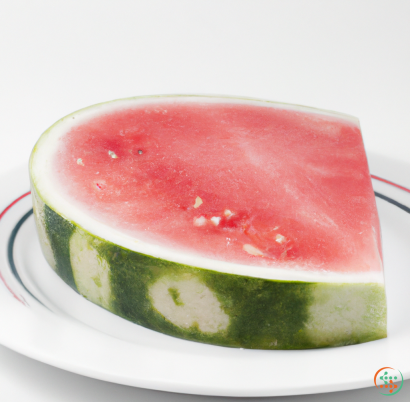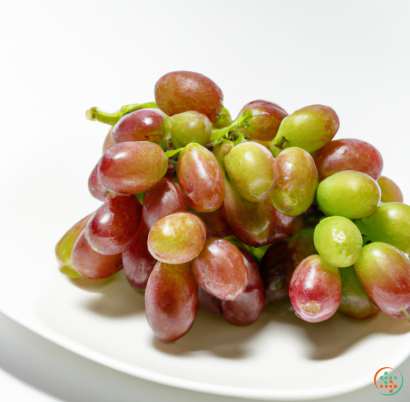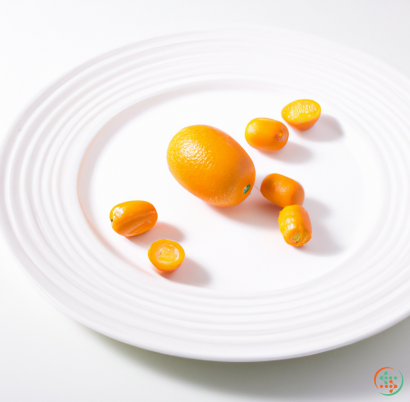Plums
Pluots, also known as interspecific plums, are a hybrid fruit that have both the sweet taste of plums and the juicy tartness of apricots. The result is a perfect balance of flavors that make for an incredibly delicious and healthy snack. But what is a pluot and how did it come to be?
A pluot is the result of hybridizing the two stone fruits – plums and apricots – over the last century. The first pluots, or interspecific plums, were created in the early 1980s by California horticulturalist Floyd Zaiger. By using careful hand-pollination techniques, Zaiger was able to manipulate the genetic makeup of the two fruits to create something entirely new and unique. A new breed with multiple characteristics of both its parent fruits: sweet, tangy, and juicy.
The main difference between pluots and other hybrid fruits is that they contain more plum genes than apricot genes. Pluots are mostly plum, with only 20-30% of their genes coming from the apricot. This is where the flavor comes from. As the apricot genes produce a tart and juicy texture, the plum genes bring out the sweet, deliciously sugary taste.
There are several varieties of pluots, and each type can vary in taste and genetic makeup. Some are sweeter, while others are more tart. The most popular variety is the Dapple Dandy Pluot, also known as the "Candy Jewel." This type of pluot is a stunning red-purple hue and has a sweet flavor, similar to that of honey and nectarines. Other varieties include the Flavor King Pluot, the Flavor Grenade Pluot, and the Red Pearl Pluot.
Pluots can be used in many different recipes, such as pies, tarts, and jams. Pluots are often added to salads and smoothies, or cooked into compotes, sauces, and chutneys. And of course, there's nothing like biting into a fresh, juicy pluot – it can be just like eating candy!
When purchasing pluots, look for ones that are firm and heavy for their size, with smooth skin and no blemishes. The color of the flesh can vary from a dark purple to a pale yellow, and the taste should be sweet with little to no tartness.
In addition to being incredibly tasty, pluots offer several health benefits. They contain high amounts of vitamins A and C, fiber, and minerals like magnesium and calcium. Pluots also contain powerful antioxidants that can help protect the body from free radicals and support good health.
So, if you’re looking for an easy way to inject sweetness into your diet and get a boost of vitamins and minerals, try snacking on pluots. This unique hybrid fruit is an ideal summertime treat that is fun and delicious. Plus, you can feel great knowing that the health benefits come with it!
Plums are a beloved fruit, enjoyed all year round as a snack, in salads, as a topping on oatmeal, or even made into pies. But have you ever considered the long journey a plum makes before it's served on your dinner plate? They go through a complicated yet fascinating life cycle, from seedling to fruit, and then on to be shipped to the dinner table. This blog post will give you an in-depth look at the life cycle and travels of a plum from farm to dinner plate.
Before a single plum reaches dinner plates, their life begins as a seed. Plums belong to the genus Prunus, which includes other stone fruits like cherries and apricots. This genus is known for having a high dormancy, meaning that the seed can remain viable even after a long period of dormancy. In the wild, when a plum seed germinates, it may take several years before it grows into a mature tree. For commercial purposes, however, that time frame is condensed significantly, as plum trees can start producing fruit as soon as three years after planting.
Plums are propagated from cuttings, which are taken from existing plum trees, and then grafted onto rootstocks. These rootstocks will help the plum trees to be more resistant to pests and diseases. Once the cuttings are taken and the rootstocks are planted, the trees will begin to grow and fruiting will start within a few years.
A plum tree's branching pattern is often chosen in order to maximize fruit production. Most plum trees have a central leader which is the tallest part of the tree, while the other branches are trained onto a horizontal plane. After the fruit set in mid-spring, the tree will start to flower, and the fruit will grow at a rate of 3-4 centimetres per week until it is mature and ready to be picked in the late summer and fall months.
When it's ready, the plum is plucked from the tree. Harvesting is a very labour-intensive process, as up to 5,000 fruit must be handpicked before it can make it to the dinner plate. But it’s important that the fruit is picked at just the right time. Too early, and the fruit will be sour; too late, and it will be overripe.
Once the plums have been harvested, they must be washed, dried and cooled quickly in order to maintain their freshness and avoid spoilage. The fruit is then intended for different market destinations, be it for direct sale or for use in products like jams, juices and dried fruits.
Often, the plums are transported from the orchards via refrigerated trucks. During the transportation, the plums are monitored for temperature, humidity and for any potential pests or diseases that could damage the fruit. Once they arrive at the grocery store, they’re loaded onto shelves and kept in cold storage areas until they’re purchased.
When it’s time to prepare the plums for dinner, they must be washed and peeled. The skin of a plum is thin, so there is no need to use a peeler. A gentle rub of the fruit is enough to remove the skin.
The prepared plums can then be eaten as is, or used in a variety of recipes. Plums are a great addition to salads, desserts or can even be grilled. Plums are also commonly used in baked goods like tarts and cobbler, or as a topping for ice cream and other desserts.
But no matter how you choose to prepare your plums, one thing is for sure: you’ll appreciate them much more knowing the fascinating journey they’ve taken from the orchard to your dinner plate.
In summary, plums go through a long and complex journey from bud to dinner plate. It begins with propagation from cuttings, a carefully managed branching pattern, and handpicking of the fruit. Once harvested, the plums must be cooled quickly and transported. At this time, care must be taken to avoid spoilage and pests. When they reach the grocery store, they are placed in cold storage, and once they’re purchased by a consumer, they must be washed and peeled before they are consumed or used in recipes. All in all, the journey of a single plum is long and complex, but is certainly worth the reward in the end.
| Vitamin A | 0.017 mg | |
| Beta-Carotene | 0.19 mg | |
| Vitamin E | 0.26 mg | |
| Vitamin K | 0.0064 mg | |
| Vitamin C | 0.0095 grams | |
| Vitamin B1 | 0.03 mg | |
| Vitamin B2 | 0.03 mg | |
| Vitamin B3 | 0.42 mg | |
| Vitamin B4 | 0.0019 grams | |
| Vitamin B5 | 0.14 mg | |
| Vitamin B6 | 0.03 mg | |
| Vitamin B9 | 0.005 mg |
| Calcium | 0.006 grams |
Daily Value 1.3 g
|
| Iron | 0.17 mg |
Daily Value 0.018 g
|
| Magnesium | 0.007 grams |
Daily Value 0.4 g
|
| Phosphorus | 0.016 grams |
Daily Value 1.25 g
|
| Potassium | 0.157 grams |
Daily Value 4.7 g
|
| Zinc | 0.1 mg |
Daily Value 0.011 g
|
| Copper | 0.06 mg |
Daily Value 0.9 mg
|
| Manganese | 0.05 mg |
Daily Value 0.0023 g
|
| Fluoride | 0.002 mg |
Daily Value 0.004 mg
|
| Tryptophan | 0.009 grams | |
| Threonine | 0.01 grams | |
| Isoleucine | 0.014 grams | |
| Leucine | 0.015 grams | |
| Lysine | 0.016 grams | |
| Methionine | 0.008 grams | |
| Cystine | 0.002 grams | |
| Phenylalanine | 0.014 grams | |
| Tyrosine | 0.008 grams | |
| Valine | 0.016 grams | |
| Arginine | 0.009 grams | |
| Histidine | 0.009 grams | |
| Alanine | 0.028 grams | |
| Aspartic Acid | 0.352 grams | |
| Glutamic Acid | 0.035 grams | |
| Glycine | 0.009 grams | |
| Proline | 0.027 grams | |
| Serine | 0.023 grams |
| Galactose | 0.14 grams |
|
| Glucose | 5.07 grams |
|
| Fructose | 3.07 grams |
|
| Sucrose | 1.57 grams |
|
| Maltose | 0.08 grams |
|
| Total Sugars | 0.131141 grams |
per 100g
|
| Palmitic acid (16:0) | 0.01 grams |
|
| Total Saturated fatty acids: | 0.01 g | |
| Oleic acid (18:1) | 0.13 grams |
|
| Total Monounsaturated fatty acids: | 0.13 g | |
| Linoleic acid (18:2) | 0.04 grams |
|
| Total Polyunsaturated fatty acids: | 0.04 g | |
| Phytosterols | 0.01 grams |
|
| Total Sterols: | 0.01 g | |

